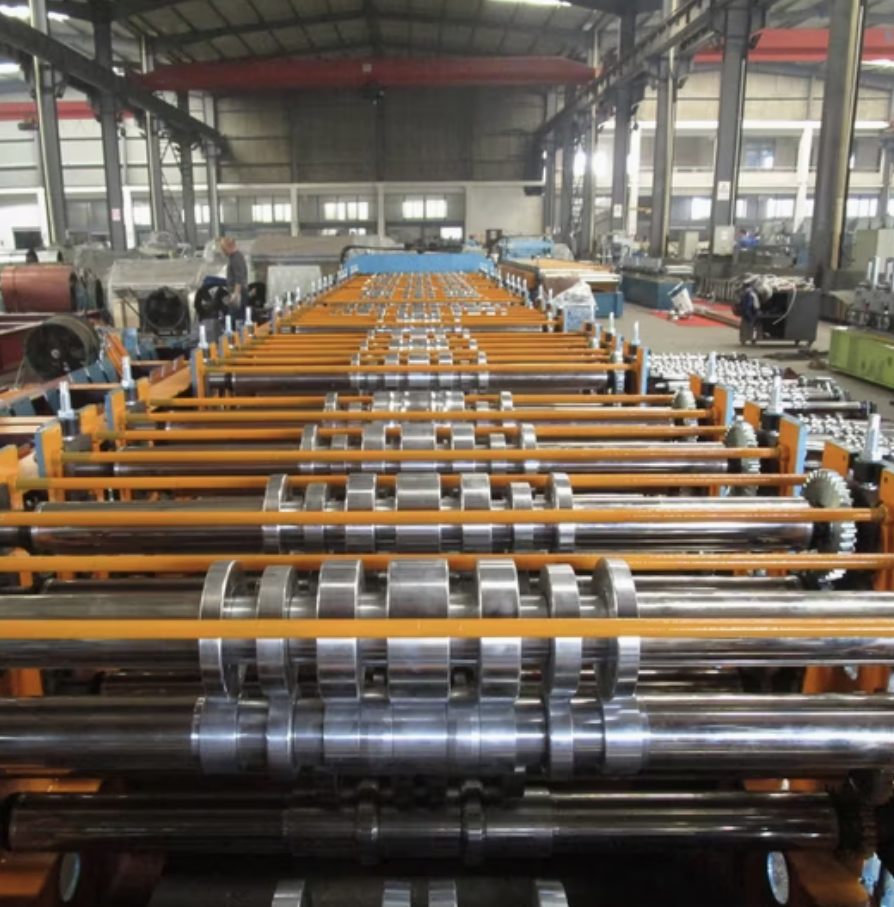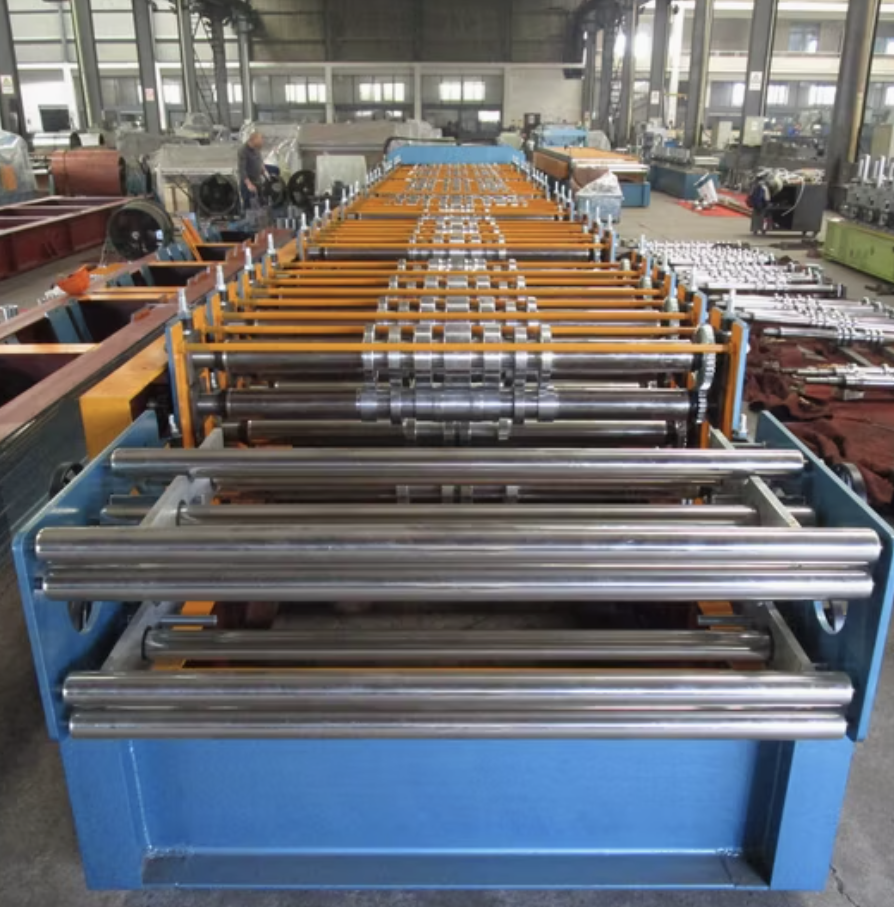To express an interest in this machine please submit the form below.

Not Sure What Machine You Need?
Select Your Profile, We'll Match It
Choose your desired profile drawing, and let Machine Matcher connect you with the best roll forming machine tailored to your needs.
Browse Profiles



Double layer roll forming machines are versatile, high-efficiency equipment designed to produce two distinct profiles on the same machine. This dual-functionality design makes them an ideal choice for manufacturers looking to save space, reduce costs, and increase production capacity. These machines are commonly used in roofing, cladding, and other sheet metal applications.
With two separate roll-forming systems in one frame, operators can switch between profiles without significant downtime. The upper and lower layers can produce different roofing sheets or wall panel profiles, maximizing productivity in industries such as construction, infrastructure, and agriculture.
Q1: What types of profiles can a double layer roll forming machine produce?
A: Double layer roll forming machines can produce a variety of profiles, such as trapezoidal roofing sheets, corrugated panels, and metal tiles. The specific profiles depend on the machine’s design and customer requirements.
Q2: Can I customize the profiles for my machine?
A: Yes, double layer machines are customizable to produce profiles based on your specifications. You’ll need to provide drawings or sample sheets to the manufacturer.
Q3: How does the machine switch between layers?
A: The machine uses a manual or hydraulic adjustment system to switch between the upper and lower profiles. The transition is seamless and requires minimal effort.
Q4: What materials are suitable for this machine?
A: Double layer roll forming machines can process galvanized steel, aluminum, pre-painted steel, and other sheet metals within the thickness range of 0.3–0.8 mm.
Q5: What are the power requirements for the machine?
A: The power requirements vary based on your region, typically 220V, 380V, or 415V, with 50Hz or 60Hz frequency.
Q6: Can the machine handle heavy-duty production?
A: Yes, with high-quality components such as hardened rollers and a robust frame, the machine is built for long-term, heavy-duty use.
Q7: What is the typical delivery time for a double layer roll forming machine?
A: Delivery times vary by manufacturer but are typically between 45 to 60 days, depending on customization and production load.
Q8: Are there any additional costs involved in operating the machine?
A: Additional costs may include power consumption, regular maintenance, and optional accessories like stackers or coil handling systems.
A double layer roll forming machine is an excellent investment for businesses seeking versatility and efficiency in sheet metal production. Its dual-profile functionality, high precision, and compact design make it a valuable asset in industries like construction and manufacturing. By understanding the specifications, installation process, and maintenance requirements, businesses can maximize the productivity and lifespan of their machines.
Copyright 2025 © Machine Matcher.